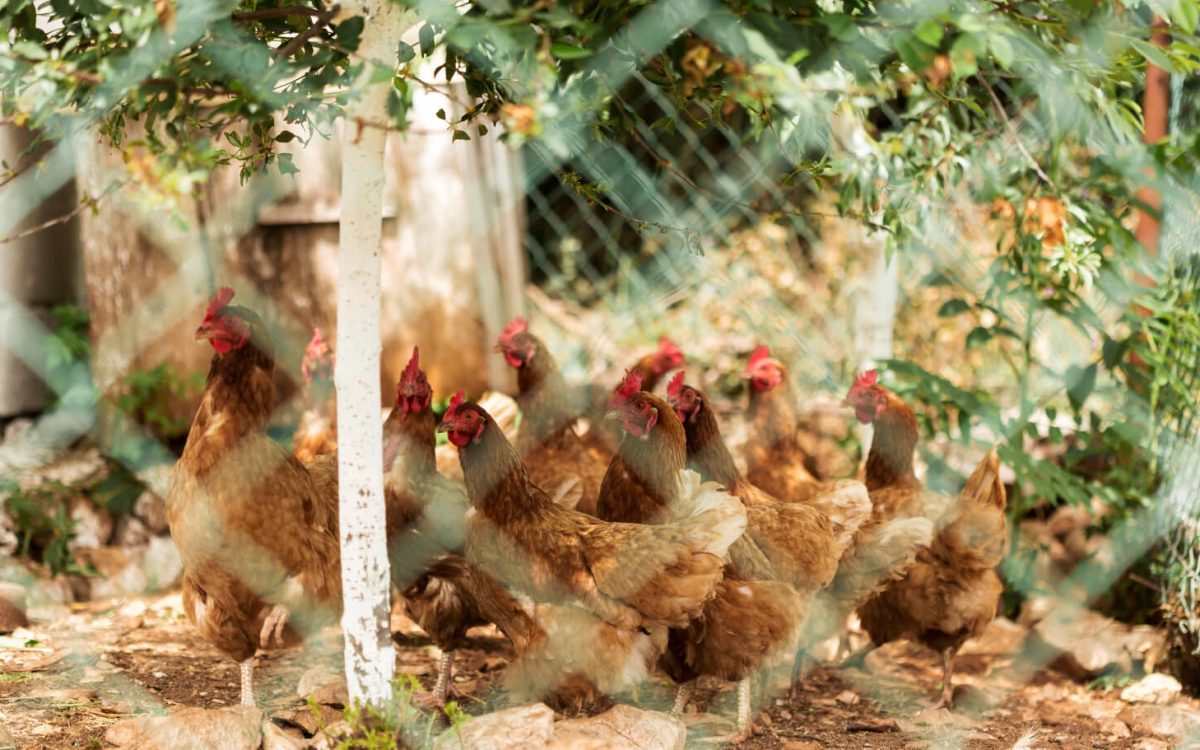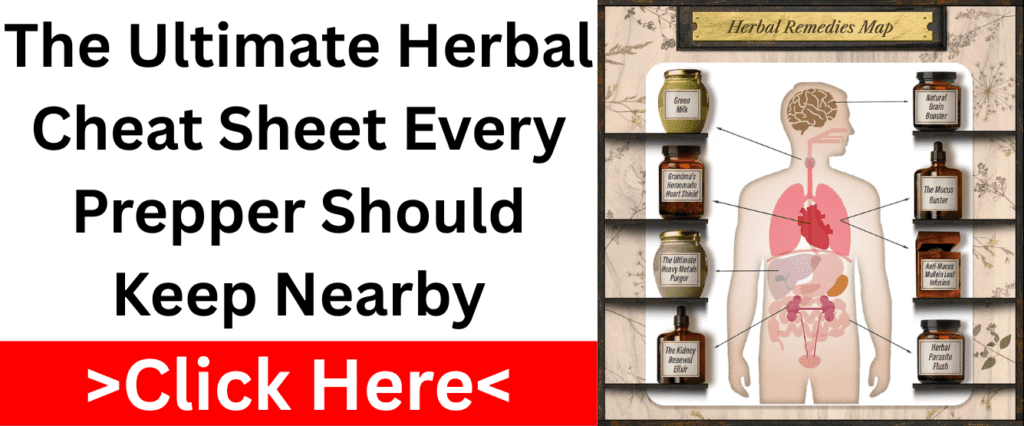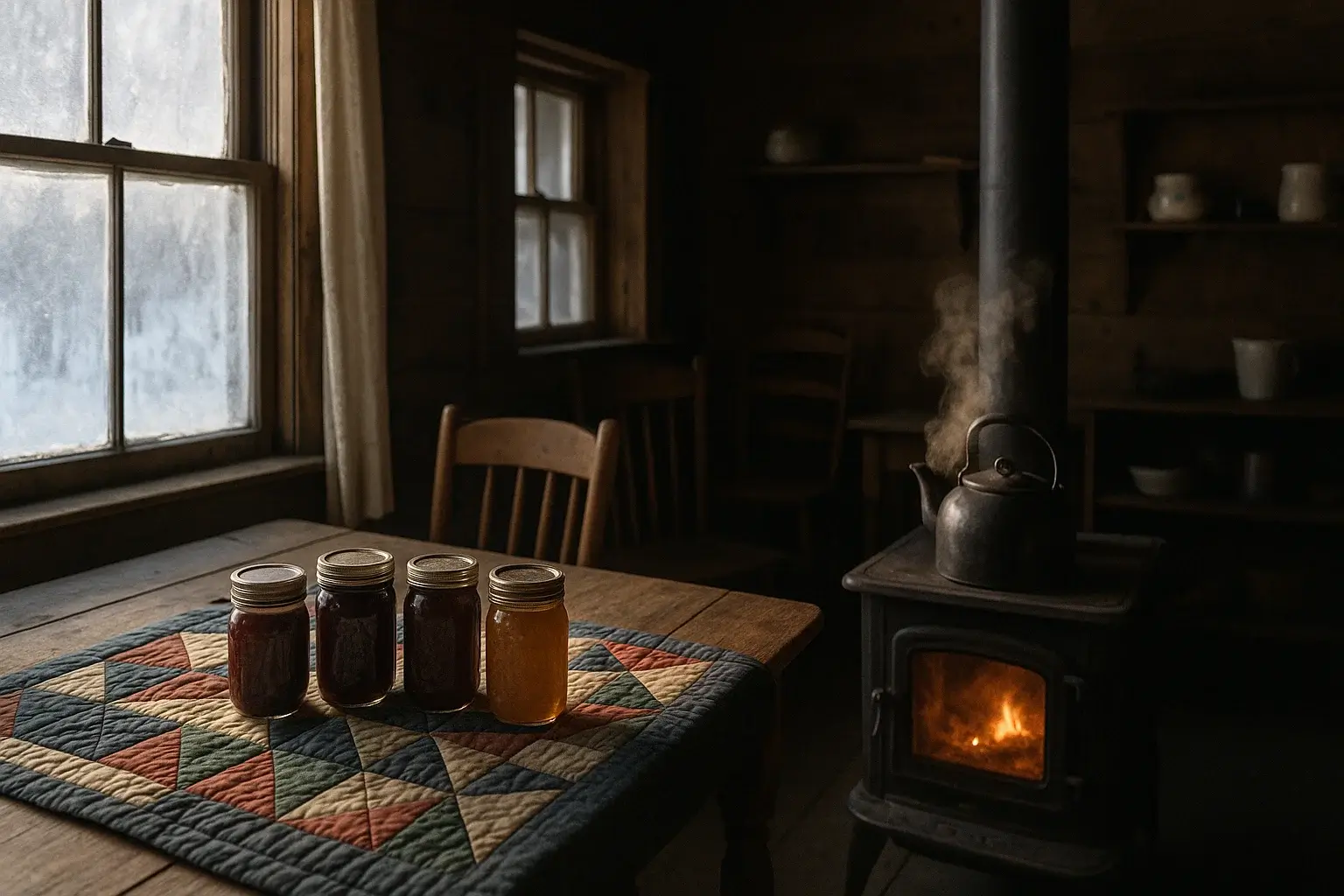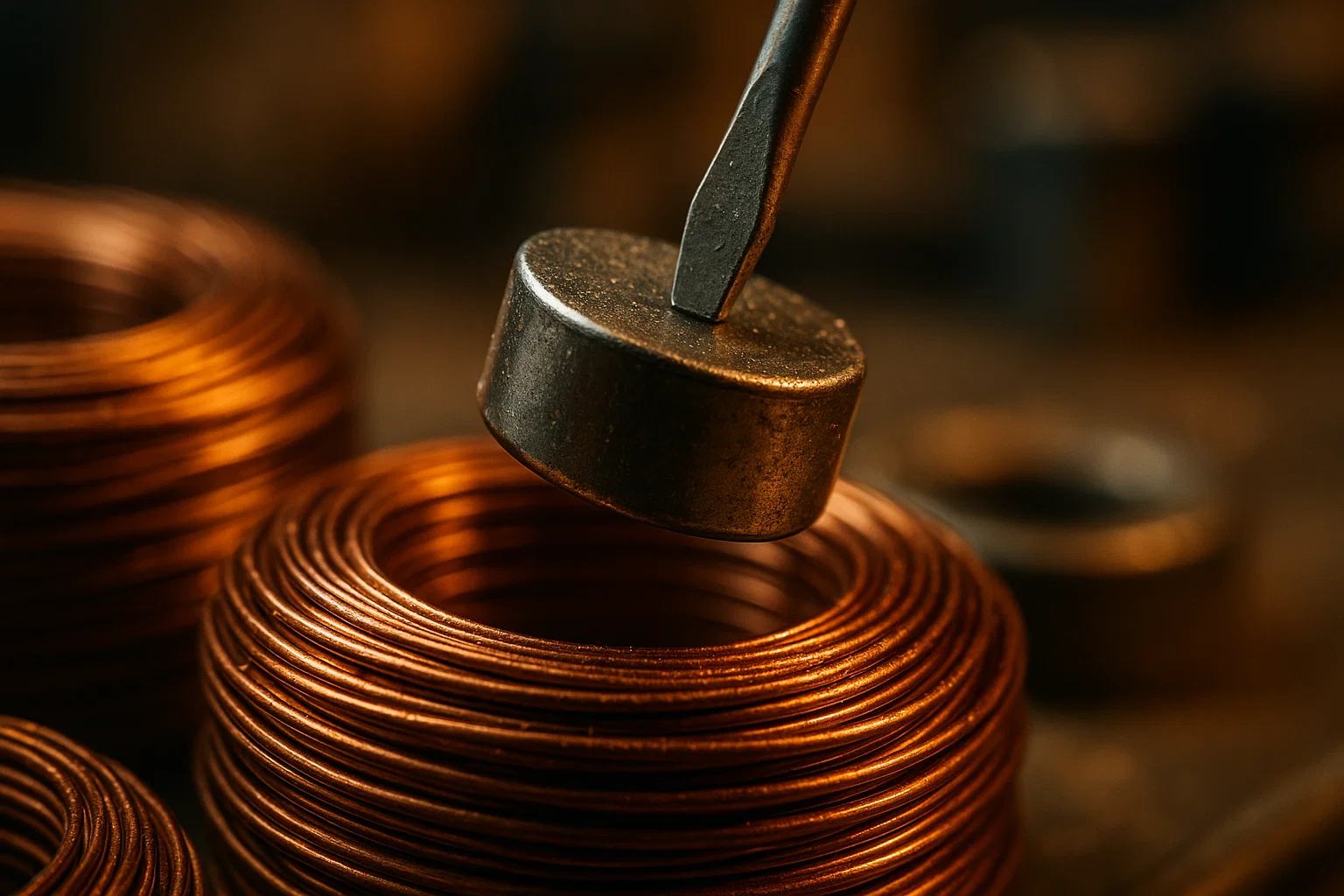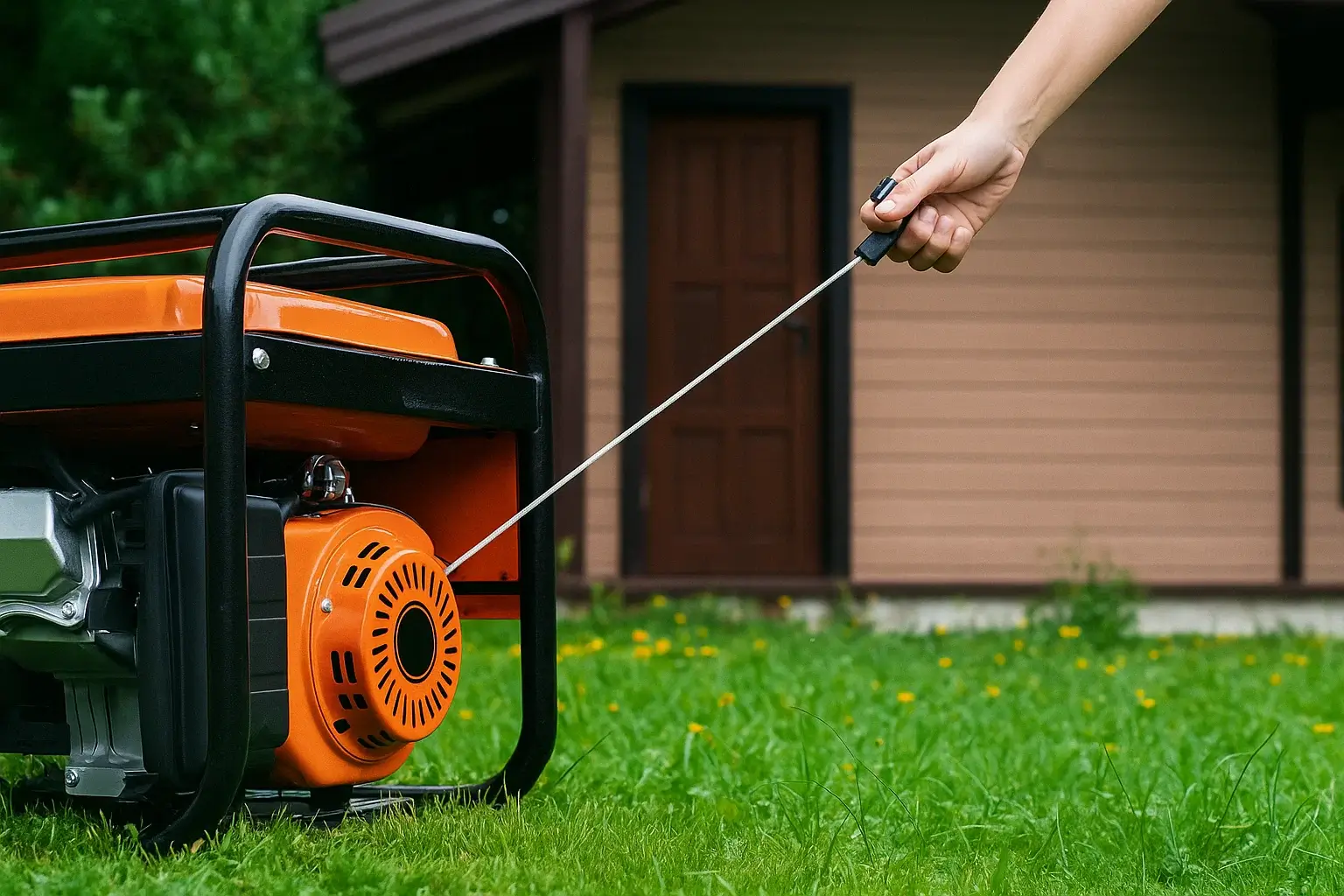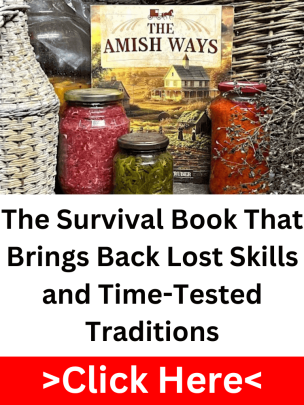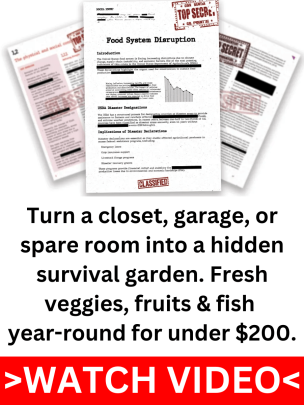You’ve got a few animals in the yard. Maybe some chickens, a rabbit hutch, a couple of goats behind a welded fence. But when the grid goes down and the sun’s beating down like it’s out for blood, the game changes fast. No feed stores. No air-conditioned barns. Just brutal heat, dry ground, and whatever water you’ve managed to stash. A lot of folks figure if they’ve got animals, they’ve got food. But the truth is, when the real pressure hits, some of those animals might not last a week. And if they go, so does your backup plan.
When everything else fails, when the taps go dry, the power’s out, and the land bakes, what you need are the best animals for SHTF: tough, low-maintenance, and worth their weight in meat, milk, or protection. You need livestock that can survive off scraps, handle the heat, and keep producing when you’ve got nothing left to give them. The sun will test your setup, and only the strongest, most useful animals will earn their spot. Let’s take a hard look at the ones you can count on.
Goats
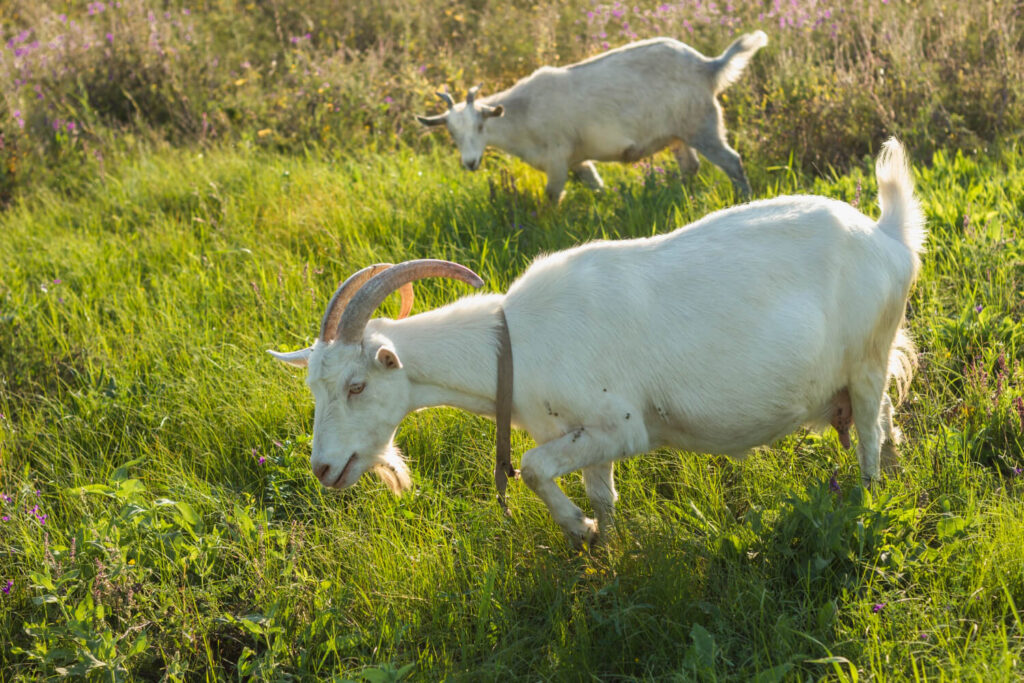
If there’s one animal that thrives when everything else is falling apart, it’s the goat. These tough little beasts were built for survival. They don’t need fancy feed, they’ll eat brush, weeds, even thorny plants other livestock won’t touch. In hot, dry regions where other animals start to struggle, goats just keep moving. You get milk, meat, hide, and even natural weed control, all from an animal that barely asks for anything in return. When it comes to self-sufficient livestock, goats are about as close to hands-off as it gets.
But don’t just grab any goat and expect it to handle SHTF life. Some breeds are better suited than others, especially when you’re dealing with long stretches of heat and limited resources. Nubians and Spanish goats, for example, are known for their heat tolerance and ability to thrive on rough forage. Kiko goats are another solid choice, low-maintenance, fast-growing, and resilient. These aren’t show goats. They’re work animals, and they’ll keep producing long after the bags of feed are gone.
If you’re serious about long-term survival, goats aren’t just a protein source, they’re a strategy. You can rotate them on scrubby pasture, let them clear brush around your property, and even use their manure to enrich poor soil. In a real collapse, they’re one of the few animals that give more than they take. And when you’re making hard choices about the best animals for SHTF, goats will always be near the top of that list, for good reason.
Rabbits
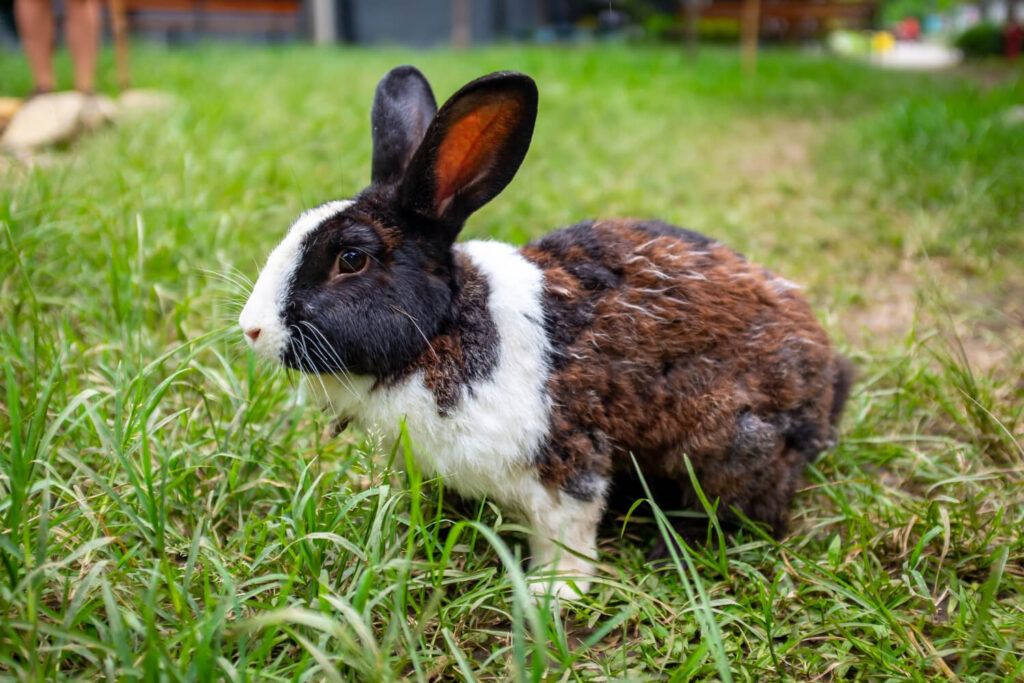
Rabbits are the unsung heroes of backyard survival. They don’t take up much space, they don’t make noise, and they reproduce like clockwork. For folks living on a small plot or even prepping in an urban setting, rabbits are one of the smartest ways to keep a steady supply of lean, clean protein coming. They’re easy to house in shaded hutches or underground-style burrows, and they don’t need anything fancy, just keep them cool, give them a safe space to breed, and they’ll do the rest.
What makes them so valuable when everything hits the fan is how little they need. They’ll eat garden scraps, foraged greens, weeds, even dried hay if that’s all you’ve got. In a world where feed runs dry and storage runs out, this kind of resilience is gold. They grow fast, butcher clean, and their waste is garden-ready fertilizer. For anyone building out a real survival livestock for preppers setup, rabbits are a quiet powerhouse worth every bit of effort.
Chickens
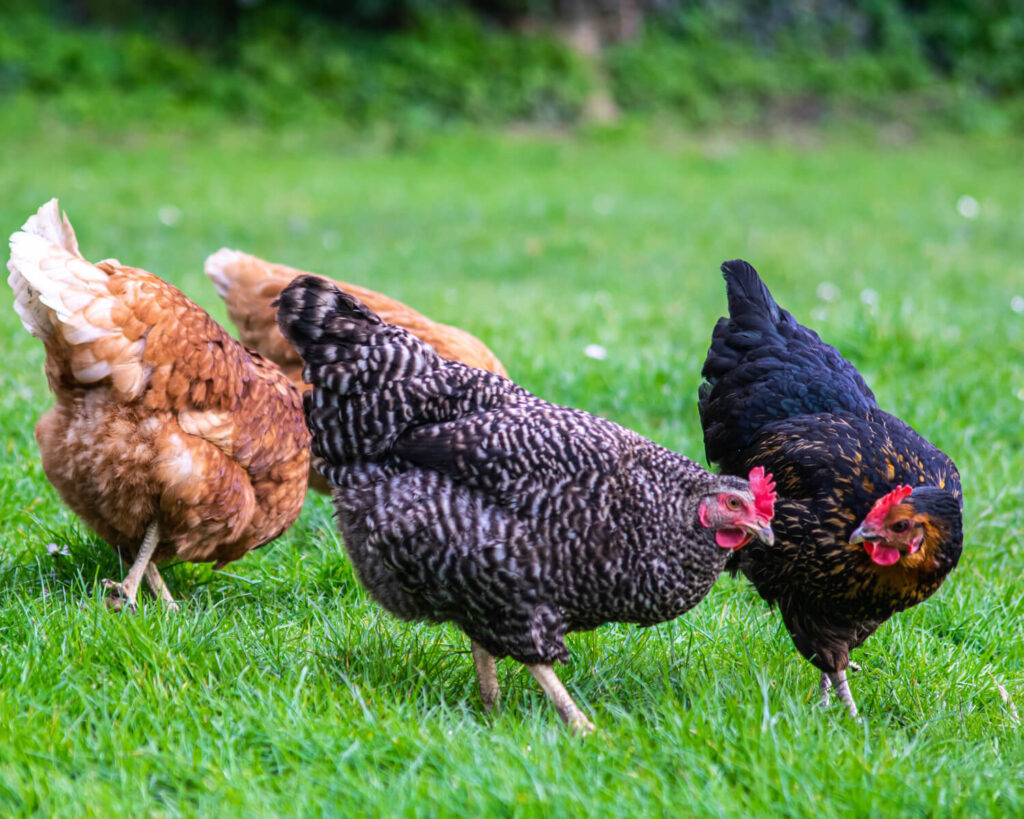
Chickens are the first animal most people think of when it comes to prepping, and for good reason. They pull double duty: steady egg production and a solid meat source when you need it. Plus, they’re natural pest control. Let them loose around the garden or near your home, and they’ll go to work on ticks, flies, and anything else that crawls. But when the temperature hits triple digits and there’s no power to run fans or chill water, not all chickens will hold up. That’s where smart breed selection comes in.
A lot of common breeds are great in mild conditions but fold fast when the heat cranks up. If you’re in a southern state or anywhere that sees serious summer heat, you need chickens that can handle it. Look for breeds like Leghorns, Australorps, or Fayoumis; these birds are known for their heat tolerance and high productivity. They won’t just survive in hot conditions, they’ll keep laying through it. In a real SHTF scenario, that means ongoing protein without needing to constantly rotate stock.
Without electricity, managing water and shelter becomes everything. You’ll want plenty of shade, think lean-tos, natural trees, or even reflective roofing to deflect heat. Water should be changed often, ideally kept in clay or shaded containers to stay cool. If you’re aiming for livestock for hot climates that earn their keep without constant input, the right chickens are a solid part of that equation.
Ducks
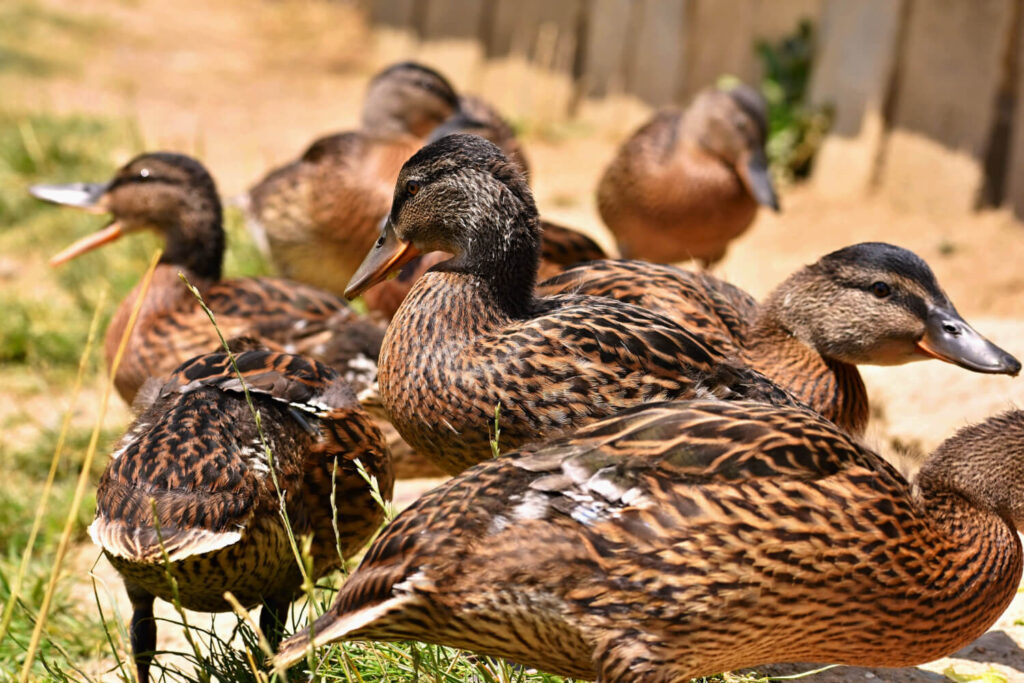
If you’ve ever watched chickens struggle through a scorcher, you’ll appreciate just how tough ducks are. These birds are built for the messy stuff, mud, bugs, humidity, and yes, heat. In hot, damp climates where disease tends to spread fast, ducks keep plugging along. They’re naturally more resistant to illness than chickens and don’t mind wading through swampy terrain to cool off. If you’ve got a pond or even a kiddie pool, they’ll self-regulate and stay comfortable with minimal help.
The real bonus? Ducks lay consistently, often even better than chickens, and their eggs are larger and richer. They’ll also demolish mosquito populations and keep other garden pests under control without tearing up the soil like a chicken would. And unlike chickens, they’re quieter, which matters in a low-profile survival setup. For preppers needing heat-tolerant farm animals that don’t demand much in return, ducks are a strong, low-maintenance addition to the mix.
Pigs

If you’ve got the space and the setup, pigs can be one of the best animals for SHTF food production. They convert kitchen scraps, garden waste, and just about anything edible into serious meat, fast. A single sow can produce multiple litters a year, and those piglets fatten up quickly if managed right. You’re not just getting protein; you’re getting a full freezer’s worth of calories, fat, and even lard that can be used for cooking, candle making, or soap.
But pigs aren’t low-maintenance. They’re smart, strong, and in hot conditions, they can get mean or suffer heat stroke if they don’t have constant access to shade and water. The trick is choosing the right breed, like the Ossabaw Island or Mulefoot, which are known for their heat tolerance and foraging ability. Set up a wallow or mud pit, keep the water flowing, and they’ll stay cool and productive. Mishandled, they can be a liability, but raised right, they’re one of the most rewarding animals you can keep when every pound of meat counts.
Dogs
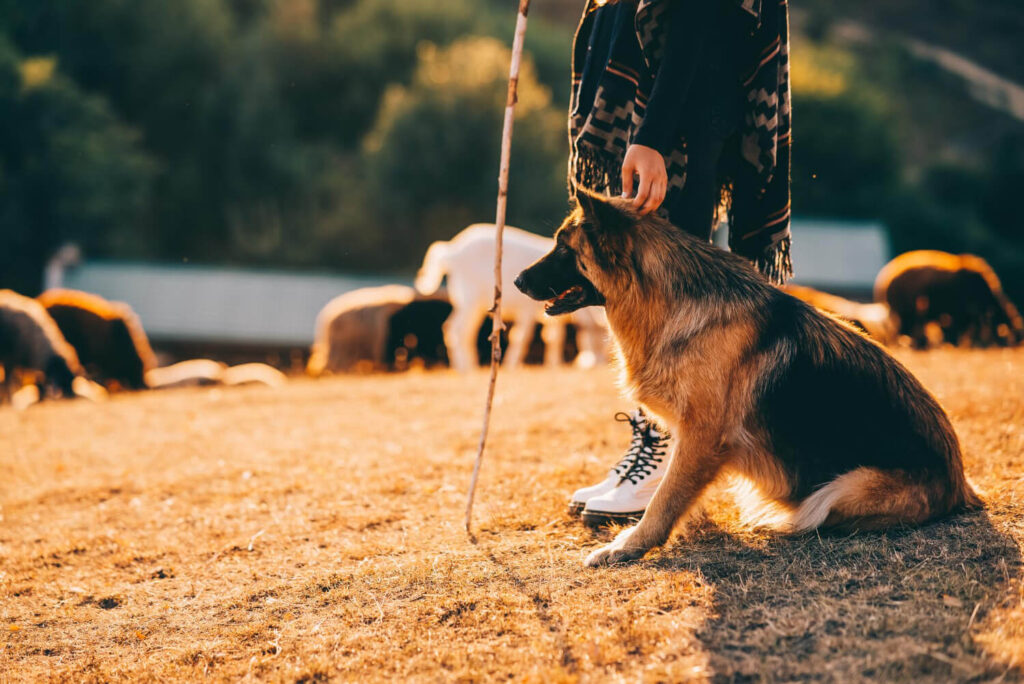
When things go sideways, no alarm system beats a good dog. Whether it’s a coyote creeping into your yard at night or a stranger testing your fence line, the right dog doesn’t just bark, they act. In a true collapse scenario, dogs become more than pets. They’re your early warning system, your livestock guardians, and your hunting partners. A trained dog can sniff out threats, chase off predators, and track down game when food’s running thin.
Some breeds are just built for SHTF life. Blue Heelers, Anatolian Shepherds, and German Shepherds are all strong choices depending on your needs and environment. They don’t just protect your stock; they protect you. And when you’re trying to build a sustainable setup with the best animals for SHTF, leaving dogs out of the equation is a mistake. A good dog doesn’t just earn its keep, it saves lives.
Sheep
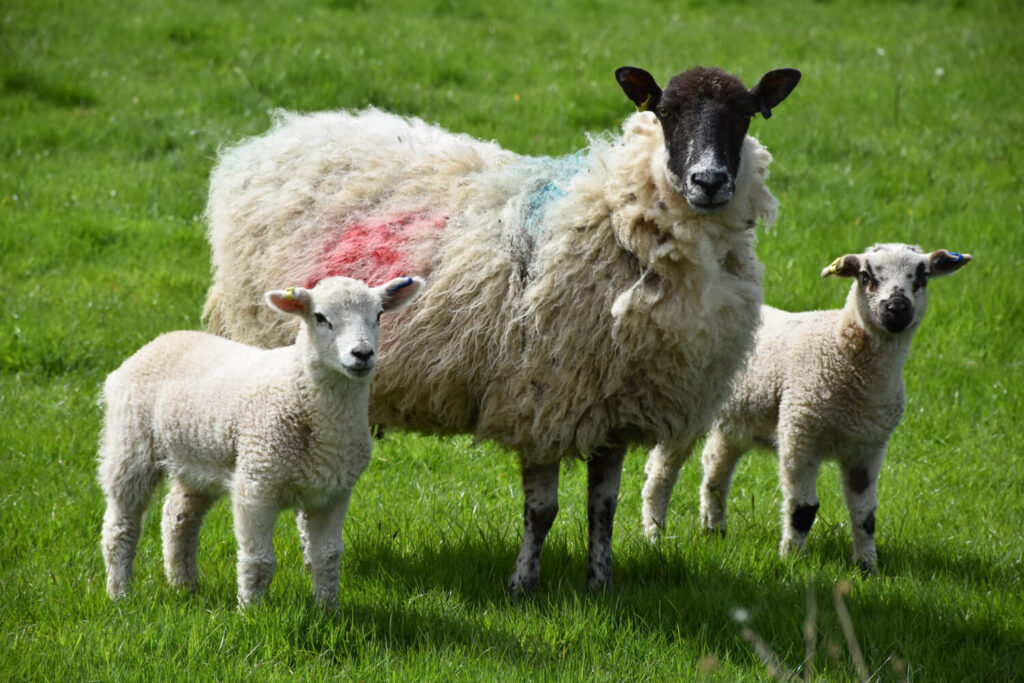
Sheep don’t get a lot of spotlight in the prepping world, but they should. If you’ve got pasture land, they’re efficient grazers that turn grass into meat, milk, and some of the most useful wool you can get off-grid. That wool can be spun into thread, used for insulation, or even bartered if things get tight. And when the freezer’s empty, a well-fed sheep is a solid protein source that doesn’t demand much daily upkeep.
The key is picking a breed that fits your conditions. Hair sheep like Katahdins or Dorpers do especially well in hotter climates, and you won’t have to shear them. They also tend to be hardier and less reliant on vet care than wool breeds. Regarding survival livestock for preppers, sheep offer a unique combo of utility and simplicity. Quiet, manageable, and productive, they check more boxes than most folks realize.
Donkeys
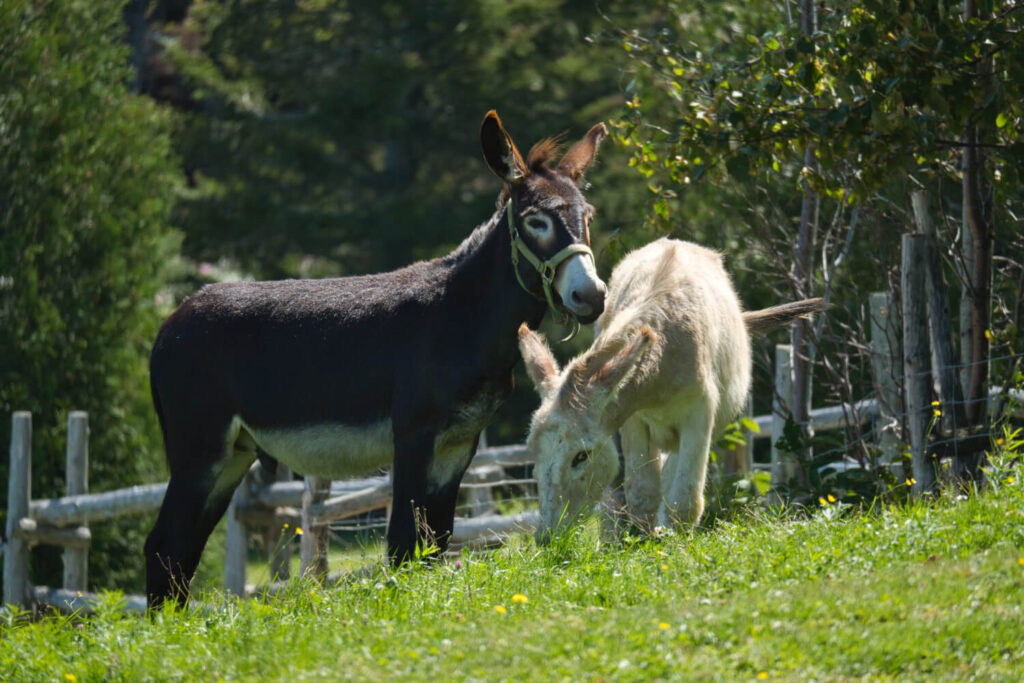
Donkeys are one of the most underrated animals you can keep when you’re preparing for long-term self-reliance. They don’t just carry loads, they protect what’s already yours. A single donkey in the field with your goats or sheep can make all the difference when predators come sniffing around. Coyotes, stray dogs, even two-legged intruders think twice when a territorial donkey’s on duty. They’re alert, aggressive when needed, and fiercely loyal to their herd.
What makes donkeys such a smart choice for livestock for hot climates is how little they ask for in return. They thrive on rough forage, need far less water than horses, and don’t break down under extreme heat. They’re low-maintenance, long-lived, and unlike other animals, they’ll earn their keep in muscle power and security. For folks setting up a no-frills, off-grid homestead, a good donkey is like having a four-legged fence with attitude.
Miniature Cattle
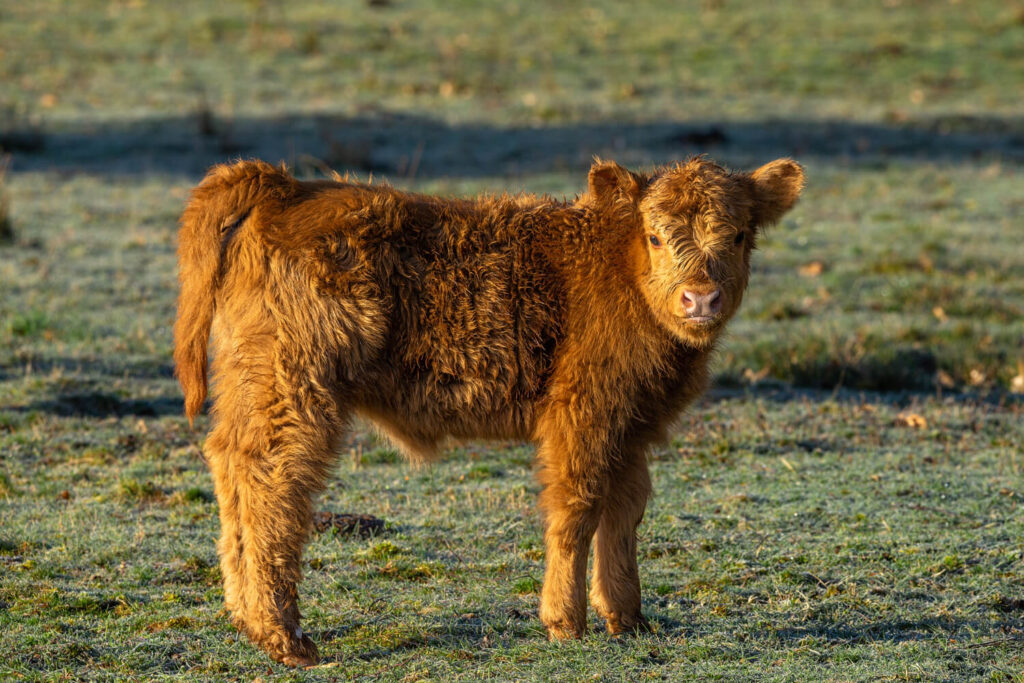
Miniature cattle can be a solid part of a survival setup if you’ve got the land, the water, and the bandwidth to manage them. They offer both milk and meat, and their smaller size makes them easier to handle than full-size breeds. But they’re not for small yards or casual preppers. In a true grid-down situation, cows still require fencing, regular water, and good forage. They’re not as resilient or low-maintenance as goats or rabbits, but if you’re planning for long-term, large-scale self-reliance, they can play a role among the best animals for SHTF, just not the first ones you bring in.
When everything falls apart and the sun won’t let up, only the strongest, most practical animals deserve a spot on your land. In a true survival scenario, you can’t afford to keep livestock that take more than they give. Your animals should work for you, feeding you, guarding your home, and clearing your land, not the other way around. This isn’t about hobby farming. It’s about choosing animals that keep producing when the feed stores are gone, the water’s running low, and you’re stretched thin.
These are the best animals for SHTF, not because they’re trendy or easy, but because they earn their place day after day. Whether it’s meat, milk, eggs, protection, or all of the above, these animals are built to survive hard times, and help you survive right alongside them. Choose wisely now, and you’ll have fewer regrets when things go south.

